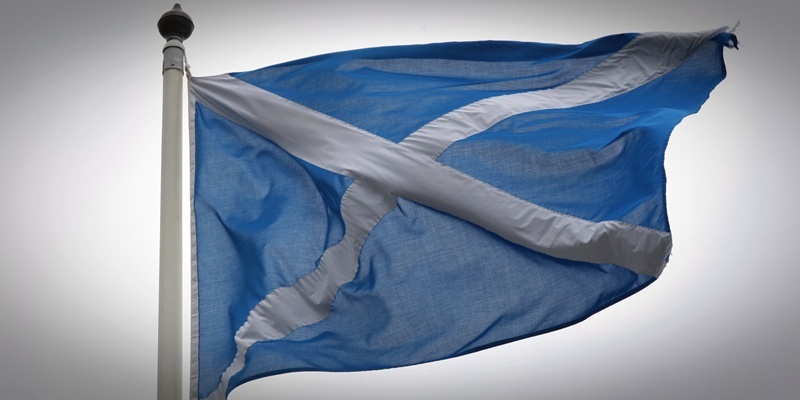Plummeting North Sea oil revenues provide a “compelling case” for Scotland remaining part of the United Kingdom, Scottish secretary Michael Moore has claimed.
The Liberal Democrat MP was speaking after a budget report published by the Scottish Government revealed that oil revenue dropped from £13 billion in 2008-09 to £6.5 billion in 2009-10. However, the Government Expenditure and Revenue Scotland (GERS) figures still showed Scotland was in a stronger budget position than the UK as a whole for the fifth consecutive year.
Scotland contributed 9.4% of UK public-sector revenue in the last financial year while receiving only 9.3% of total expenditure. With a geographical share of the oil money, that meant the budget balance was in deficit to the tune of £9 billion, or 6.8% of gross domestic product (GDP).
This was stronger than the UK-wide deficit of £107.3 billion, or 7.6% of GDP, which includes all North Sea revenues for 2009-10. However, Mr Moore insisted the fluctuation in oil revenues showed the benefit of remaining in the UK.
“The Scottish Government’s own figures make a compelling case for Scotland remaining in the United Kingdom,” he said. “On every measure they show Scotland running at a deficit with a current budget deficit of £9 billion including all the oil revenues. They illustrate the uncertainty an economy based on oil would experience from year to year.”
He added, “Today’s figures show a £9 billion plunge into the red which wipes out the modest surplus of previous years many times over. That would have huge consequences for Scotland if it was not able to spread the risk of that volatility as part of a wider UK economy.”
However, Scotland’s finance secretary John Swinney said the country would benefit from going it alone.
“Scotland has now been in a stronger financial position than the UK as a whole for each of the last five years,” he said. “Once again, the official GERS figures show that Scotland contributes more to the UK Exchequer than we receive in public spending.
“Despite the fall in North Sea revenues to £6.5 billion in 2009-10, Scotland still contributed far more to the UK Exchequer than our share of population, which underlines the breadth and strength of Scotland’s finances and the opportunities of financial responsibility and independence.
“We know that Scotland’s oil and gas resources represent a trillion-pound asset base worth more than 10 times Scotland’s share of a UK debt built up by successive Westminster governments.”
However, Labour said the SNP need to be honest about Scotland’s finances. Finance spokesman Richard Baker said, “These figures show the huge economic risks associated with independence and starkly illustrate the volatility of oil.”
Conservative economy spokesman Gavin Brown said, “These figures tell us that Scotland benefits from being part of the United Kingdom. We can clearly see that, even including a geographical share of North Sea oil revenue, a separate Scotland would have been almost £9 billion in the red last year.”
Scottish Liberal Democrat leader Willie Rennie said North Sea oil is not Scotland’s “silver bullet.”
